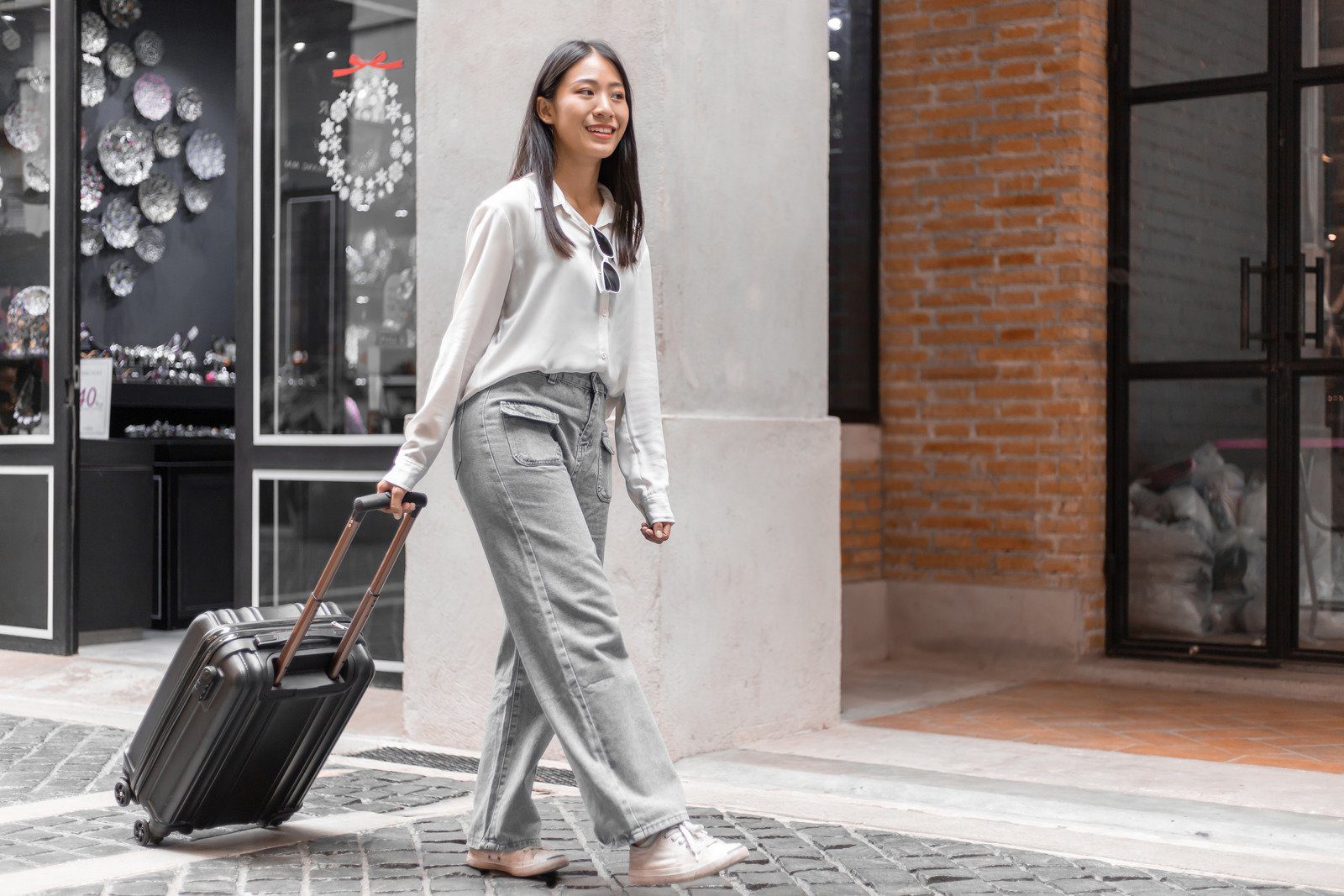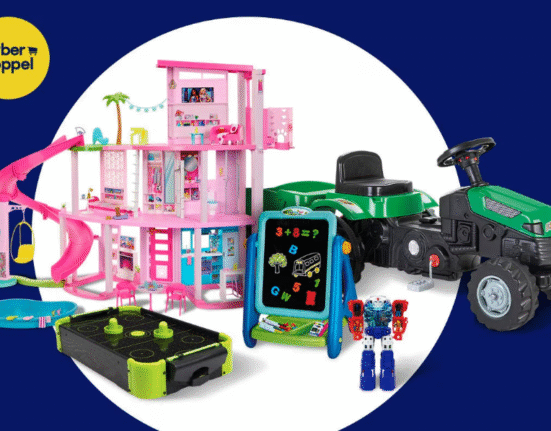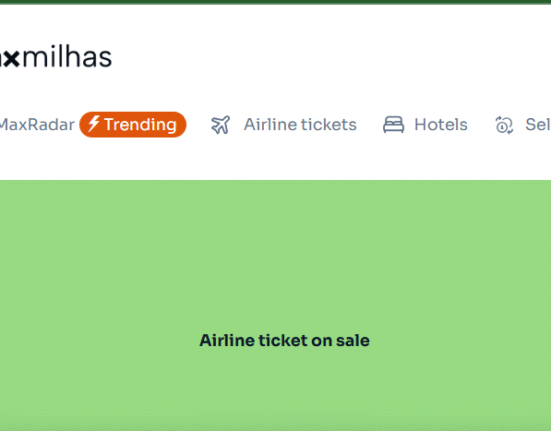It’s important to know what can and cannot be a carry-on when you travel. The answer to this question is dependent on the airline you are flying, the airport you are using and the regulations of your destination country. Learn how to determine if your luggage is allowed in your main piece of checked baggage by reading this article!
What types of luggage are allowed in checked baggage?
When travelling by air, one of the most important things to remember is that your luggage must meet the requirements of your airline. Each airline has different regulations regarding what can and cannot be carried in checked baggage. In order to avoid any confusion or potential problems, it is important to understand the rules surrounding checked baggage before flying. Generally speaking, any type of luggage that can fit inside a regular sized suitcase can be placed in your checked baggage. This includes suitcases, duffel bags, backpacks, and garment boxes. However, there are a few exceptions to this rule. For example, bulky or oversized items like surfboards or cots cannot be accommodated in a suitcase. Additionally, some items are not allowed at all, such as firearms and explosives. In order to determine if your luggage is allowed in your main piece of checked baggage, you first need to identify which airlines you will be travelling with. Each airline has its own specific guidelines for what can and cannot be carried in checked baggage. After identifying the airline you will be travelling with, look up their specific rules on their website or contact customer service if you have any questions. If you are unsure about whether or not
How do you determine if your bag is too large?
Making the determination of if your bag is too large can be difficult and often depends on the airline. Generally, checked bags must not exceed a certain weight and size for each airline. Some airlines have specific guidelines about what size bag is allowed in addition to the weight restrictions. Here are some tips to help you determine if your bag is too large: -Measure your bag from top to bottom and from side to side. This will give you an approximate idea of its size. – Compare your measurements with the airline’s guidelines for checked baggage. – Check the airlines’ websites to see if they have any additional information about what is or is not allowed in a checked bag.
What should you do if your bag is overweight?
If you are flying with checked luggage, it is important to know the weight limits for your particular airline. Each airline has different restrictions, so it is important to check with them before your trip. The general weight limit for checked baggage on most airlines is 50 pounds, but there are a few exceptions. If you are flying internationally, your airline may have a weight limit of 62.5 pounds or less per bag. Additionally, if you are traveling with a pet, the weight limit for your checked bag is 20 pounds. If you know that your baggage will be over the weight limit, be sure to pack everything carefully and put the heaviest items at the bottom of the bag. You may also want to consider packing your luggage in several pieces if it will fit within the weight limit.
What items should be avoided from your checked baggage?
If you’re flying domestically, the key to avoiding delays and flight cancellations is packing light. But what about your checked baggage? Airlines have different policies on what items can and cannot be carried in your checked baggage. Here are five things to avoid if you want to travel smart: 1. liquids and gels in containers that are more than 3.4 ounces (100 milliliters) per item or those larger containers that require a TSA-approved lock 2. aerosols, including hairspray, deodorant, shaving cream, etc. 3. foods in sealed containers that are more than 3.4 ounces (100 milliliters) per item or those larger containers that require a TSA-approved lock 4. sharp objects, like knives and scissors, eyeglasses, ice skates, golf clubs, scooters 5. propane tanks and opened fireworks
Benefits of checking a bag
If you’re planning on traveling by air, it’s always a good idea to check your luggage. There are many reasons why checking your bag is a good idea: 1. You’ll avoid delays caused by overloading planes. 2. You can be sure that your belongings will make it to your destination in one piece. 3. You may be able to claim a free checked bag if you have valuable items with you. 4. Checking your bag limits the amount of waste that goes into landfills each year. 5. It’s a great way to get organized before your trip and see what you need without lugging around everything with you on the plane. But there are also some things to keep in mind before checking a bag: If you’re flying with children, be sure they have their own carry-on bags and no more than three checked bags each (an adult must accompany any child under the age of twelve travelling with a checked bag). Larger items (such as bikes, skis, golf clubs) can usually be placed in the hold if they’re not too large or heavy for the size of suitcase permitted








